Lanzhou University's College of Earth and Environmental Sciences, in collaboration with Professor Dong Guanghui, Professor Ma Minmin from the Key Laboratory of Environmental Pollution Monitoring and Control in Gansu Province, and Associate Professor Jia Xin from Nanjing Normal University, successfully organized the 6th sub-forum titled "Silk Road Civilization Evolution and Environmental Changes" at the Fuyue Hotel in Songjiang, Shanghai, from July 5th to July 7th, 2023. The conference attracted dozens of participants, including students and faculty members from institutions such as Nanjing University, Nankai University, East China Normal University, Shaanxi Normal University, Nanjing Normal University, Nanjing University of Information Science & Technology, Shanxi University, Qinghai Normal University, the Institute of Vertebrate Paleontology and Paleoanthropology of the Chinese Academy of Sciences, and the Institute of Geography of Henan Academy of Sciences. Additionally, presentations were given by Associate Professor Ma Minmin, Ph.D. candidate Dong Jiajia, and Master's candidate Lu Yongxiu.
The sub-forum, moderated by Associate Professor Jia Xin, featured six academic presentations that explored the evolution of civilizations and the environmental changes along the Silk Road from west to east. Dr. Zhao Xiaoshuang from East China Normal University delivered an invited lecture on "Environmental Evolution and Early Agricultural Adaptation in the Holocene Nile Delta." His research focused on the environmental evolution and early agricultural adaptations in the Nile Delta based on archaeological drill cores from representative sites. Professor Zhang Liangren from Nanjing University presented a lecture on "Human Activities and Environmental Changes at the Naldehra Mound Site in Iran," discussing the results of excavations conducted at the Naldehra Mound, which provided insights into the human activities and environmental changes in the northeastern region of Iran. Associate Professor Li Yuqi from Nankai University discussed "Mountain Front Water Management and Connectivity of the Inland Asian Silk Road," using the example of the Mohuchakan Goukou site in the southern foothills of the Tianshan Mountains to reveal how pastoral communities in inland Asian mountainous areas adapted to extreme droughts in the second half of the 5th century by constructing mountain front water management systems. Associate Researcher Qu Yating from Shaanxi Normal University presented a lecture titled "Livelihood Patterns and Seasonal Activities of Early Bronze Age Settlers in Xinjiang," which revealed the livelihood patterns of the Afanasievo culture, originating from southwestern Siberia, during their migration to Xinjiang, China. The research combined stable carbon and nitrogen isotope analysis of human and animal remains with archaeological excavation data, physical anthropology, ancient DNA, residues, and paleoenvironmental research. Professor Hou Liangliang from Shanxi University gave an oral presentation on "Occupational Changes and Population Integration in the Pingcheng Area of Northern Wei Dynasty from the Perspective of Stable Isotopes." By analyzing human and animal bones from multiple archaeological sites in the Pingcheng area of the Northern Wei Dynasty and using stable carbon and nitrogen isotope analysis and AMS 14C dating, he reconstructed the food structure and agricultural economy of the ancient inhabitants, discussed the local agriculturalization, and explored the population integration in the region. Researcher Lu Peng from the Institute of Geography, Henan Academy of Sciences, presented a lecture titled "Evolution of Settlement Forms and Environmental Mechanisms in the Songshan Area during the Neolithic and Bronze Ages," which meticulously examined the settlement forms in the Songshan area during the Neolithic and Bronze Ages based on abundant archaeological data, categorizing the evolution of settlement forms into seven stages.
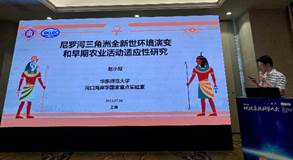
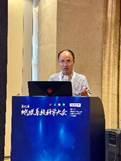
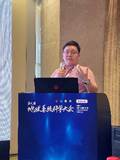
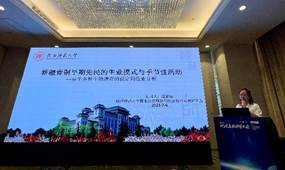
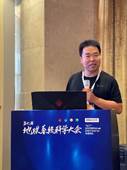
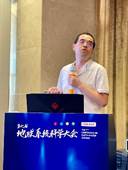
Group Photo of the Conference
The sub-forum provided an excellent platform for showcasing the latest research progress in environmental archaeology and environmental changes, generating a strong response from attendees who actively participated in discussions and knowledge exchange. Furthermore, numerous students and scholars from the Institute of Vertebrate Paleontology and Paleoanthropology of the Chinese Academy of Sciences, Nanjing University, Nanjing Normal University, Nanjing University of Information Science & Technology, Qinghai Normal University, and Lanzhou University presented poster reports, showcasing their research achievements and sparking lively discussions. Among the 563 student poster reports, 30 outstanding students were selected as recipients of the "Outstanding Student Poster Award." Lanzhou University's Lu Yongxiu was honored with the award during the closing ceremony.
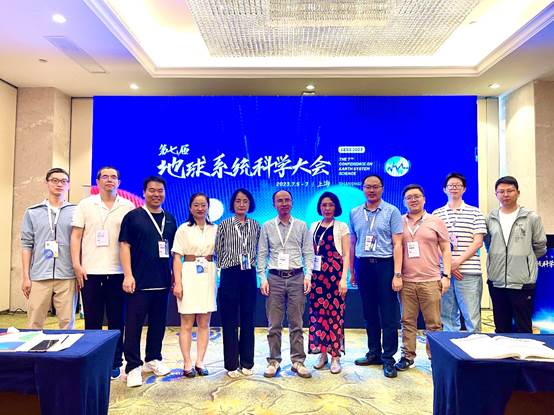
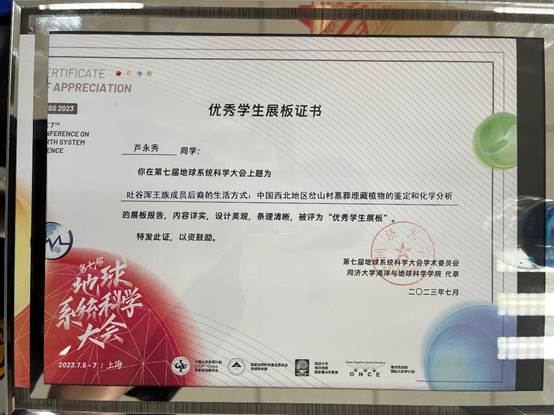
Outstanding Student Poster
Conference Background:
The Conference on Earth System Science (CESS) is a biennial academic event characterized by interdisciplinary collaboration. Its objective is to promote cross-disciplinary communication, transcend disciplines, span time and space, and facilitate the integration of marine and terrestrial research, ancient and modern studies, life sciences, and earth sciences, as well as science and technology. Against the backdrop of rapid development in the field of Earth science, particularly marine science, in China, the conference aims to provide a platform for communication between land and ocean. In order to maintain this high-level Chinese academic exchange platform and promote in-depth communication among different disciplines in the Chinese-speaking world in the field of Earth science, the Expert Advisory Committee of the International Ocean Discovery Program (IODP-China), together with the Earth Sciences Division of the National Natural Science Foundation of China, Tongji University's State Key Laboratory of Marine Geology, and the International Ocean Carbon Capture and Storage (IOCCS) program, jointly decided to host the 7th Earth System Science Conference. Following the successful tradition of the previous six conferences, Chinese remains the primary language of communication at the conference. The conference's distinctive features lie in its high degree of interdisciplinarity and emphasis on discussion, with various forms of presentations, poster sessions, and organized discussions and information sessions held in the evenings. In addition to the scientific themes, the 7th Earth System Science Conference also highlights the combination of science and culture by organizing various distinctive science popularization activities.